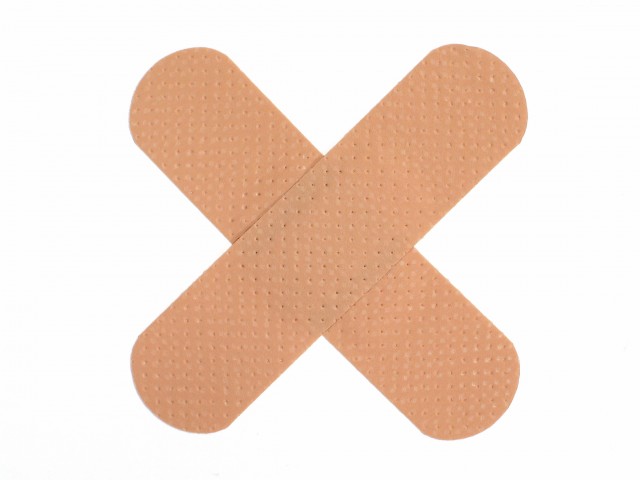By Irene Noguchi
It seems almost unbelievable, but medical errors may be the third leading cause of death in America, after heart disease and cancer. That's according to an analysis from Journal of Patient Safety. Could the key to change be in better communication? A new study from UC San Francisco and eight other institutions, says yes. Researchers found that improving communication between health providers can reduce patient injuries from medical errors by 30 percent.
The team found that a highly risky period was when patients are transferred or “handed off” between medical providers. Critical information gets passed between doctors, nurses and pharmacists.
When there’s a shift change or a patient moves to another hospital, “there’s an opportunity for communication failure,” says Daniel West, professor of pediatrics and vice-chair at UCSF Benioff Children's Hospital.
“When there’s a breakdown in communication, it sets the stage for potential errors,” West said recently on KQED’s Forum. Those errors can lead to upwards of 1,000 deaths per day and cost trillions of dollars in health care costs each year.
